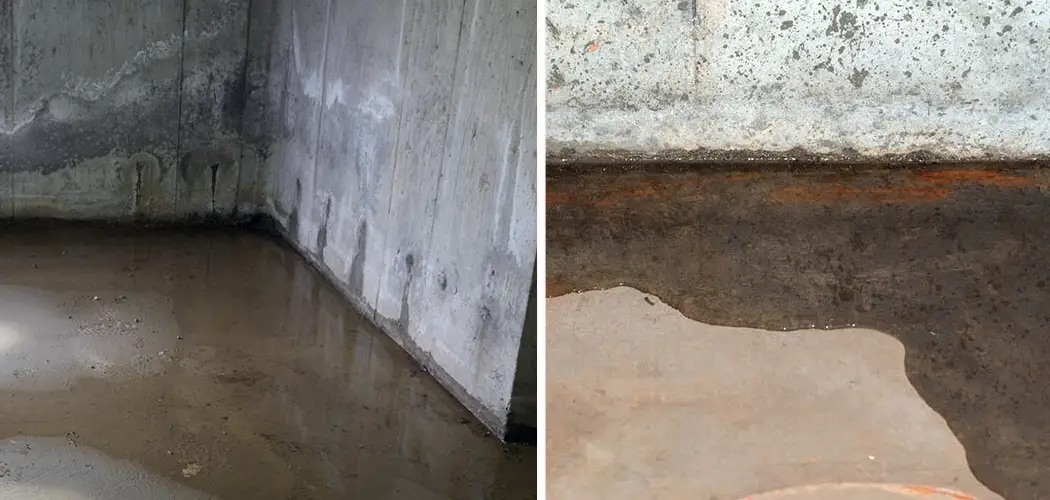Groundwater can be a serious problem for homeowners, especially if it enters the basement. Several potential issues can arise from groundwater entering your basement, including water damage to walls and floors, mold growth, and structural damage. In addition, this type of flooding can be dangerous due to the risk of electrocution or other hazards associated with standing water.
The advantages of preventing groundwater from entering the basement include protecting your home and belongings from water damage, reducing the risk of mold growth, and improving indoor air quality. Groundwater can enter a basement through cracks in walls or foundations. This not only causes excess moisture in the area but can also bring hazardous contaminants that could harm your health. You can find step-by-step instructions on how to prevent groundwater from entering basement in this blog article.
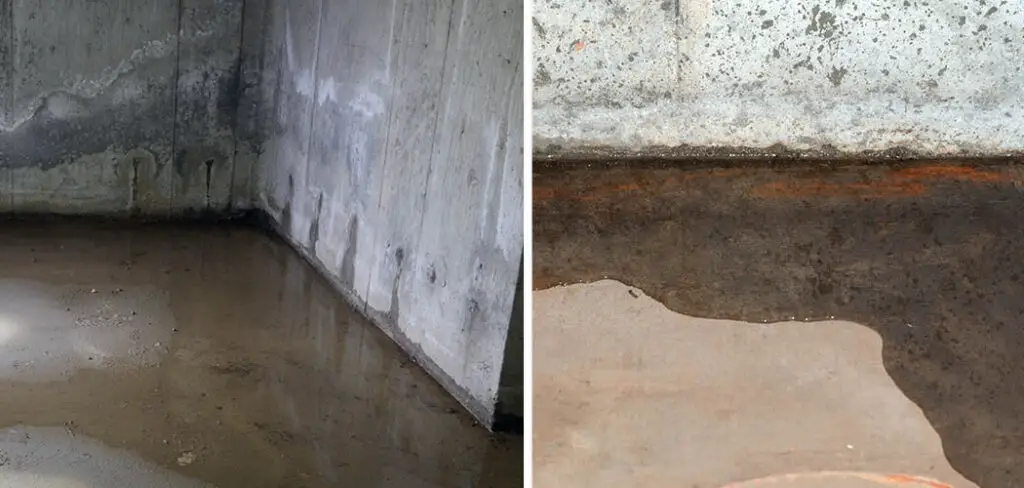
Step by Step Processes for How to Prevent Groundwater From Entering Basement
Step 1: Inspect the Exterior
Inspect your home’s exterior for any cracks or gaps that could allow water to enter. Check sealant and caulk around windows, doors, foundations, and other openings that may have damage. Also, check the grading around the house; it should slope away from the foundation to keep water from flowing toward the basement walls.
Step 2: Install a French Drain
If grading is insufficient, installing a French drain can help divert groundwater away from the basement walls. This drain is installed along the foundation and collects water, then directed to an area away from your home’s foundation. Sealing the basement walls helps prevent moisture from seeping in. Make sure to use a waterproofing sealant specifically designed for basement walls.
Step 3: Install a Sump Pump
Installing a sump pump in the basement can help collect any water that can seep in and then pump it out of the house. Adding extensions to your gutters can help keep water away from your foundation. The extensions should be long enough to direct the runoff from your home.
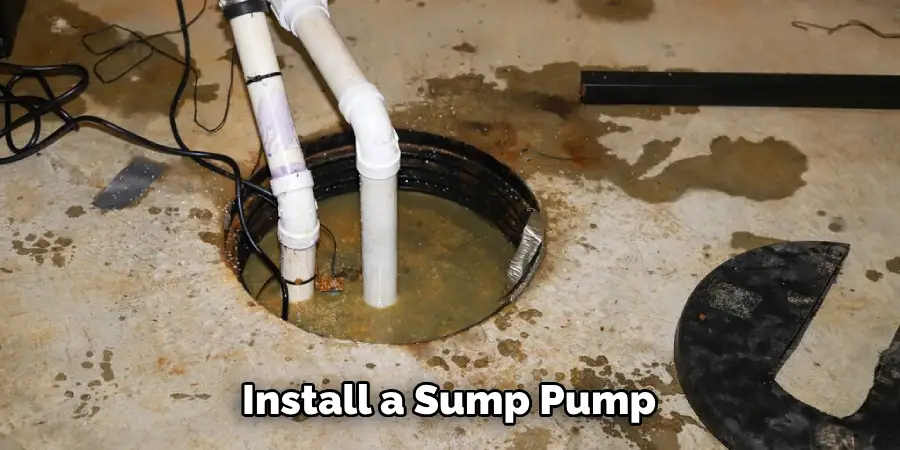
Step 4: Divert Downspouts
Ensure downspouts are directed away from the house and toward a drainage area not close to your basement. This will help keep groundwater from pooling near the foundation. Installing a waterproofing membrane on the exterior walls is a great way to prevent water from entering the basement. Use an appropriate product for your home’s climate and soil conditions.
Step 5: Add Window Well Covers
If your basement has windows, make sure they have window well covers. This will help prevent water from entering the basement through window wells and other openings. If your basement is damp and humid, installing a dehumidifier is important to keep relative humidity levels down.
Step 6: Repair Water Leaks Promptly
If you do find any water leaks, make sure to repair them immediately to prevent further damage from occurring. Following these steps can help keep groundwater from entering your basement and protect your home from potential moisture damage.
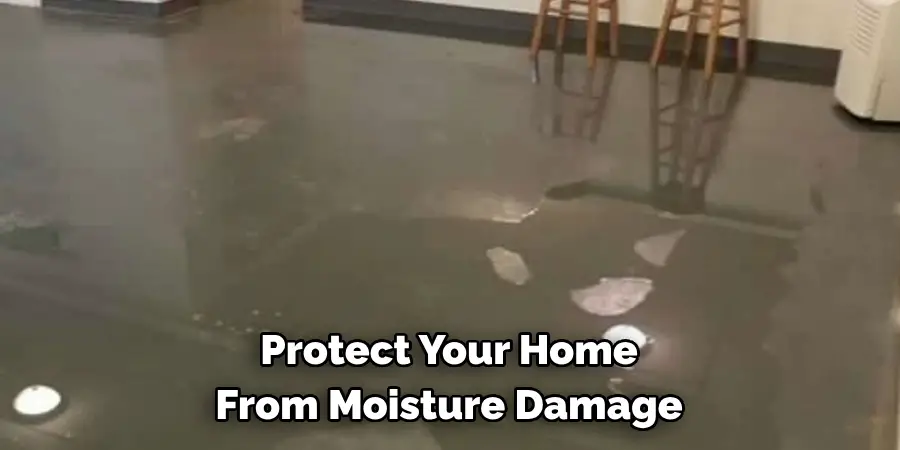
Tips for How to Prevent Groundwater From Entering Basement
- Keep gutters and downspouts clear of debris to ensure proper drainage away from your home’s foundation.
- Divert water runoff coming off the roof with a splash block or diverter system, and keep gutters and downspouts clean to avoid over-saturation of water near the house’s foundation.
- Install a French drain around the perimeter of your house.
- Ensure that your sump pump is properly working to effectively pump out any excess water from the basement area.
- Consider investing in a dehumidifier for the basement to keep humidity levels low and help prevent moisture from seeping into the walls and flooring.
- Ensure your home’s foundation is properly insulated to avoid the risk of water seepage into the basement.
- If you have a crawlspace or basement area, ensure vents are installed to keep the air circulating and prevent condensation from building up inside walls and floors.
By taking these steps, you can help protect your home from water damage caused by groundwater entering the basement. While it is not always possible to completely prevent this from happening, following the above tips can go a long way in ensuring your home’s structure stays dry and safe.
How Often Should You Inspect the Foundation of Your Home for Evidence of Groundwater Infiltration?
In order to prevent groundwater from entering your basement, it is important to regularly inspect your home’s foundation for evidence of water infiltration. The frequency of inspections depends on the age and condition of your home, the area’s climate, and geography. Generally speaking, it is recommended that you inspect your home’s foundation at least twice a year, once in the spring and once in the fall. During these inspections, look for cracks or other openings that could allow water to seep into your basement.
Pay particular attention to the area around windows, doors, pipes, and air vents since these are all common sources of groundwater infiltration. Additionally, you should check for evidence of mold or mildew growth on walls, which can be a sign of water leakage. If you find any signs of water infiltration or mold growth, it is important to address the issue immediately. If left unchecked, the problem could worsen and cause long-term damage to your home’s foundation, leading to costly repairs.
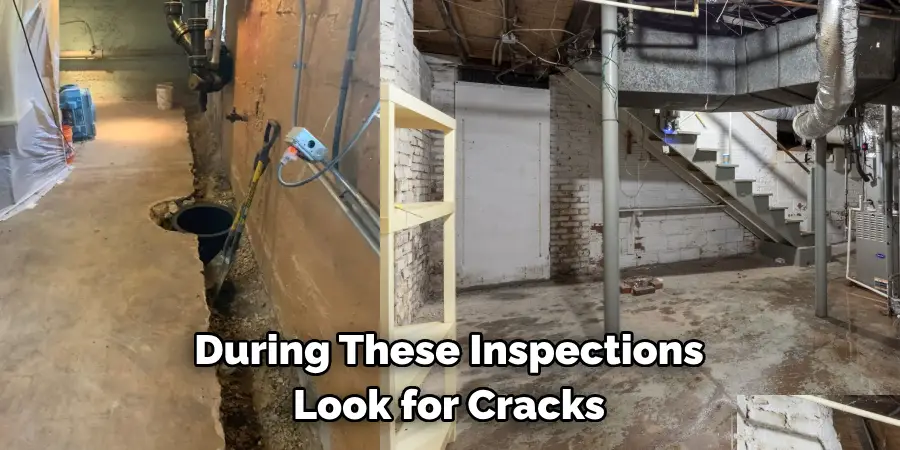
Are There Any Maintenance Measures That Need to Be Taken to Prevent Water From Entering the Basement?
Yes. Several maintenance measures must be taken to prevent water from entering the basement. One of the most common measures is installing perimeter drainage around the foundation. Perimeter drains will help divert groundwater away from the house and prevent seepage through the basement walls. Additionally, gutters and downspouts should be kept clear of debris. Properly functioning gutters and downspouts will direct rainwater away from the foundation, reducing the chances of basement flooding due to groundwater infiltration.
Other measures that should be taken include sealing cracks in the foundation walls with a waterproof sealant and ensuring that all windows and doors are properly sealed. Finally, if there is an issue with high groundwater levels near the basement, a sump pump can be installed to help keep the water away from the house. In any case, regular maintenance and inspection of these systems are necessary for proper functioning.
Are There Any Special Techniques Can Be Used to Waterproof the Basement Walls and Floor?
Yes, several techniques can be used to waterproof a basement. The following are some of the most common and effective methods:
- Install an interior drainage system. This is often the best method for preventing groundwater from entering the basement, as it will collect any water that seeps through the walls or floor and direct it away from your home. Installing a drainage system may require professional assistance, but it is usually worth the cost.
- Install a waterproofing membrane on the basement walls and floor to prevent water from leaking. This should be done by a professional experienced in this process, as they will know which type of membrane is best for your situation.
- Caulk any cracks or gaps in the walls or floor, which may allow water to enter your basement. This is a relatively easy and inexpensive task that a homeowner can do.
- Install gutters and downspouts around the perimeter of your home to direct rainwater away from the foundation. If you do not have enough space for gutters, consider installing an underground drainage system to collect and move the water away from your home.
Using some or all of these techniques makes it possible to keep groundwater out of your basement and prevent any unwanted damage. Always consult a professional if you still need to determine the best waterproofing measures for your home.
What Are Some Common Causes of Water Damage in Basements?
The most common causes of water damage in basements are leaks from plumbing, improper grading, drainage around your home, or groundwater infiltration. Improperly sealed foundations and window wells can also cause water to enter the basement. If any of these conditions exist, it is important to take steps to protect against further damage.
If your basement is prone to flooding, identifying and addressing any existing water issues is the first step. This may include inspecting your basement for dampness or moisture buildup, checking for cracks or other damage in the walls and foundation, ensuring that all pipes are properly sealed and draining correctly, examining window wells for proper drainage away from the house, and making sure that any landscaping around your home is sloped away from the foundation.
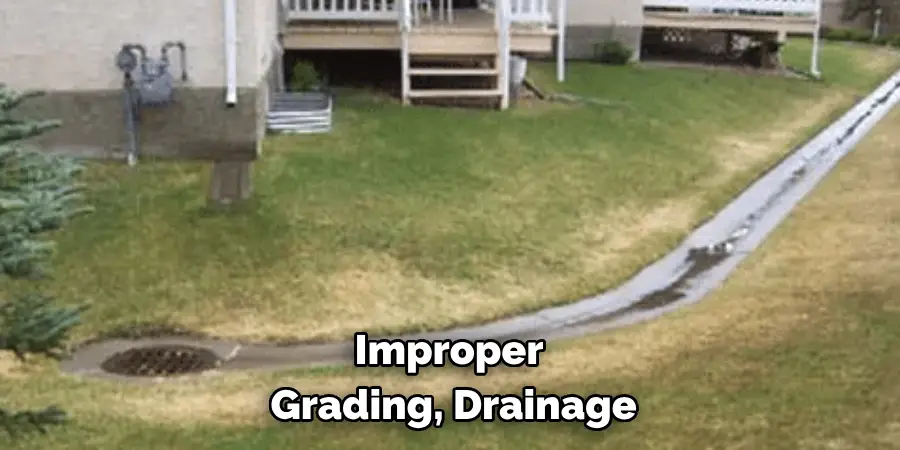
Conclusion
In conclusion, some practical measures can be taken to prevent groundwater from entering your basement. These include installing a sump pump, ensuring proper drainage around the foundation, sealing cracks and holes in your foundation walls, and applying waterproofing products. While it is impossible to eliminate the risk of flooding due to groundwater, following these steps will help reduce the chances that your basement will be affected. This article has been beneficial for learning how to prevent groundwater from entering basement. Make Sure the preventive measures are followed chronologically.

